If you’re wondering what to wear hiking this summer, this list will give you an comprehensive list for every situation you might encounter for shorter day (not overnight) hikes, without a heavy backpack.

Last week, we headed up to the mountains for the 4th of July, one of my favorite trips that’s becoming a bit of a tradition. We came up here when I was a kid and it feels so special to get to do this with my own kids.
One thing that’s always on my list is do at least one hike! It doesn’t have to be anything big or challenging, but getting to walk through nature is such a treat and so grounding. Now our kids are at the age where they can even go for an easy hike with us which is so fun to watch them explore. We did a very easy nature hike and the boys loved it, especially Owen. He has so much energy and I realized, he’s ready for a bigger hike!
After all the hikes we’ve done in the mountains, I’ve learned a lot about what to bring. The weather can change on a dime and go from sunny and hot to freezing and rainy in a few minutes and being prepared not only will keep you safe, but also comfortable no matter what the sky throws at you.
When hiking in the summer, it is important to dress appropriately for the warm weather conditions. For the most part, it’ll be hot, but depending on where you are, what elevation and what time of year, what time of day, that may vary greatly—believe me, I’ve learned from experience and not being prepared!
From shorts and a t-shirt to leggings and a tank top, there are various options to consider when planning your summer hiking outfit to keep you comfortable and cute. And of course, you’ll also need essential things like a hat, sunscreen, and plenty of water to stay hydrated while exploring the great outdoors.
What to Wear Hiking in Summer
Hiking Bottoms
For shorter hikes or day hikes (honestly, the only ones I’m doing at this point) in the mountains during summer, meaning an hour to a few hours long, I find that the best hiking bottoms are breathable hiking shorts, biker shorts, hiking skirt, or lightweight hiking pants that provide protection from the sun and allow for easy movement on the trails. I usually wear these biker shorts and I just bought these hiking shorts because my sister loves them so much!
If it’s a little cooler, a pair of leggings is totally fine too—they’re easy to move in and will keep sun and bugs off your legs. Choose materials that wick away moisture and dry quickly to keep you comfortable during your outdoor adventure.
Hiking Tops
I typically opt for tank top or lightweight, moisture-wicking t-shirt that keeps you cool and dry during hot weather hikes. If you go with a tank top, make sure to apply plenty of sunscreen to your shoulders as the sun is strong at higher elevations and you can burn quickly. You. opt for synthetic materials or moisture-wicking materials that are designed to keep you cool and dry.
Even if the weather is expected to be hot, I always bring an extra layer or outer layer in case the sun gets too strong, there’s lots of bugs or there’s sudden cloud coverage that drops the temperature. It’s crazy how fast it can happen. If the hike is starting early in the morning when it’s cooler, add a base layer tht you can easily remove and pack away as the weather warms up.
Trail Runners and Hiking Shoes
When it comes to hiking shoes, there are plenty of options to consider based on the terrain and weather conditions. Hiking boots are sturdy and provide good ankle support, making them ideal for rough trails and carrying heavier loads. If you’re hiking in a wet climate, opt for waterproof hiking boots. Personally, these aren’t the types of hikes I’m doing these days, but if you already have hking boots, then you’re set!
Hiking sneakers or trail running shoes, on the other hand, are lighter and more breathable, making them a better choice for easier trails and warmer weather. A sneaker with good tread is totally fine Ifyou’re just going on an easy, casual day hike.
As for socks, it’s best to choose moisture-wicking and quick-drying materials like wool socks or synthetic blends to prevent blisters and keep your feet comfortable during long hikes. Wool seems like it would be hot, but it’s actually an amazing material for keeping your body cool when it’s hot and warm when it’s cold. It’s not a bad idea to pack an extra pair of socks too in case you need to switch.
If you’re hiking to a river or lake, pack some hiking sandals to change into when you’re around an in the water.
Hiking Accessories
For summertime hikes, there are a few essentials you should always bring. I recommend a small day pack that can hold your snacks, water bottle, sunscreen and other items so you’re hands-free.
Some essentials yo should have: it is essential to have a hat for sun protection, sunscreen to protect your skin, bug spray to ward off pesky insects, a water bottle to stay hydrated, and snacks to keep your energy levels up.
Lastly, having a small first aid kit (at least some bandaids), a whistle for emergencies, sunglasses, extra layers of clothing, and navigation tools like a map and compass can all be really beneficial while hiking.
Rain Jacket
I wanted to include a few extra items that can really come in handy—number one being a packable rain jacket or waterproof jacket. Like I’ve mentioned, the weather in the mountains can be unpredictable, and getting caught in a sudden rain shower can be uncomfortable and potentially dangerous.
Having a lightweight rain jacket in your pack ensures that you stay dry and comfortable on the trail. They’re naturally lightweight and thin, so it won’t add much weight or bulk to your backpack either.
Insulated Jacket
For longer hikes that start early in the morning or will end later in the day, I would definitely bring an insulated jacket or a thin puffy jacket that’s easily packable and lightweight. Having extra clothing layers or waterproof layers is also a smart choice for longer hikes where the weather will be shifting more.
It can provide extra warmth and protection against unexpected cold weather without taking up too much space or adding unnecessary weight to your pack. Having that extra layer of warmth can make your hiking trip so much more comfortable and enjoyable.
A lightweight fleece jacket can also be another great layer to pack if you’re hiking in colder weather.
What Not to Wear Hiking
There so many things you can wear hiking that will work just fine, but there are a few things that should be avoided. First, jeans are not a great option as they are not breathable, restrict movement, and can become heavy and uncomfortable when wet. Wearing the wrong shoes, like flip flops or sandals, or sneakers with no tread, can also be a mistake as they do not provide proper support and protection for hiking on rugged terrain.
Choose moisture-wicking and quick-drying clothing made of materials like polyester or merino wool to ensure comfort on the trail, especially for longer hikes
Don’t go hiking unprepared—the weather can change quickly, so having extra layers and plenty of water and snacks is important to keep your body healthy and hydrated.
There you have it—everything you need for a casual hike this summer, whether you’re in the mountains or the desert or somewhere in between, these hiking gear essentials will have all your based covered! Enjoy the outdoors, it’s the best!
BTW, how to stay healthy while traveling, and 7 best yoga poses for strong abs.
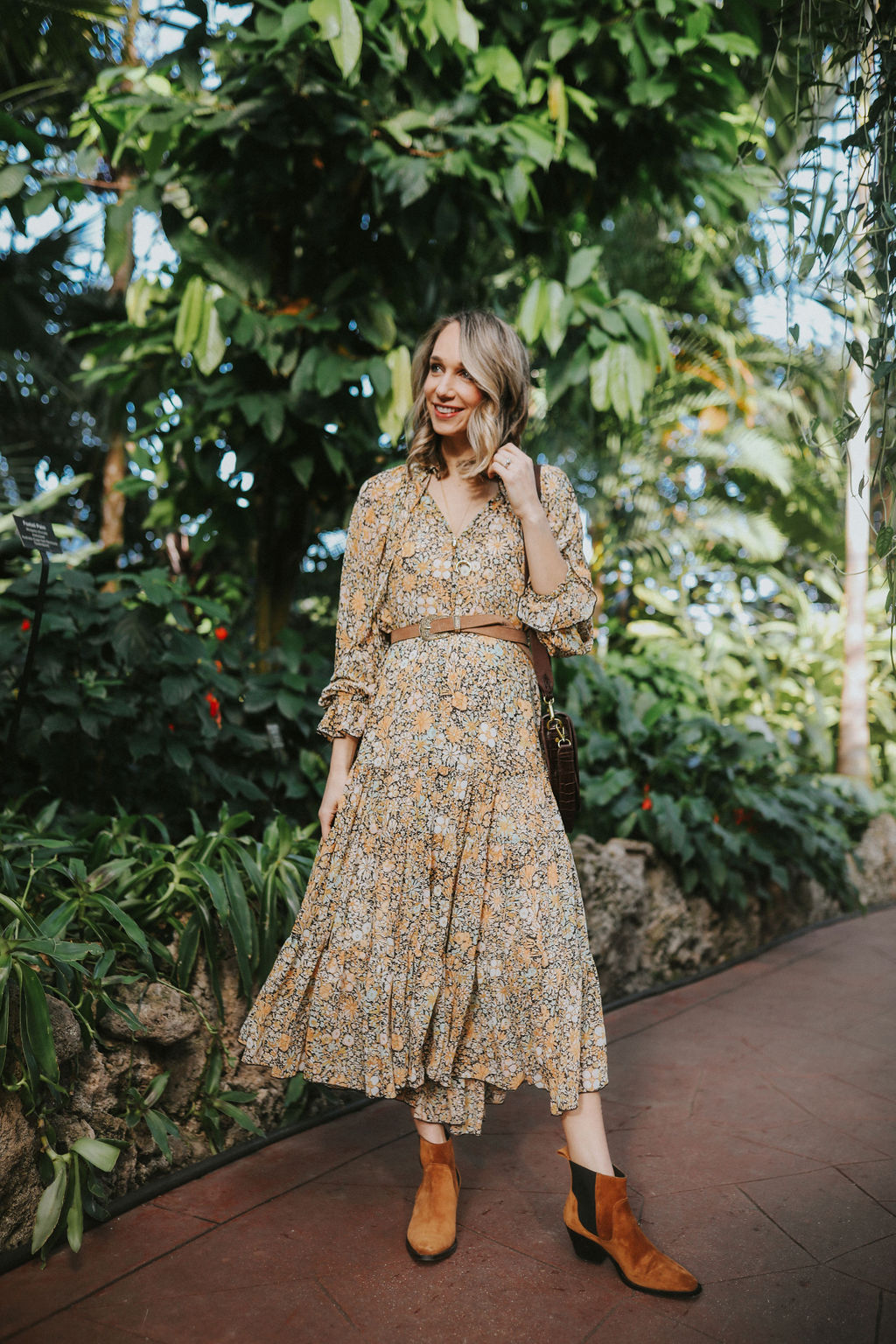

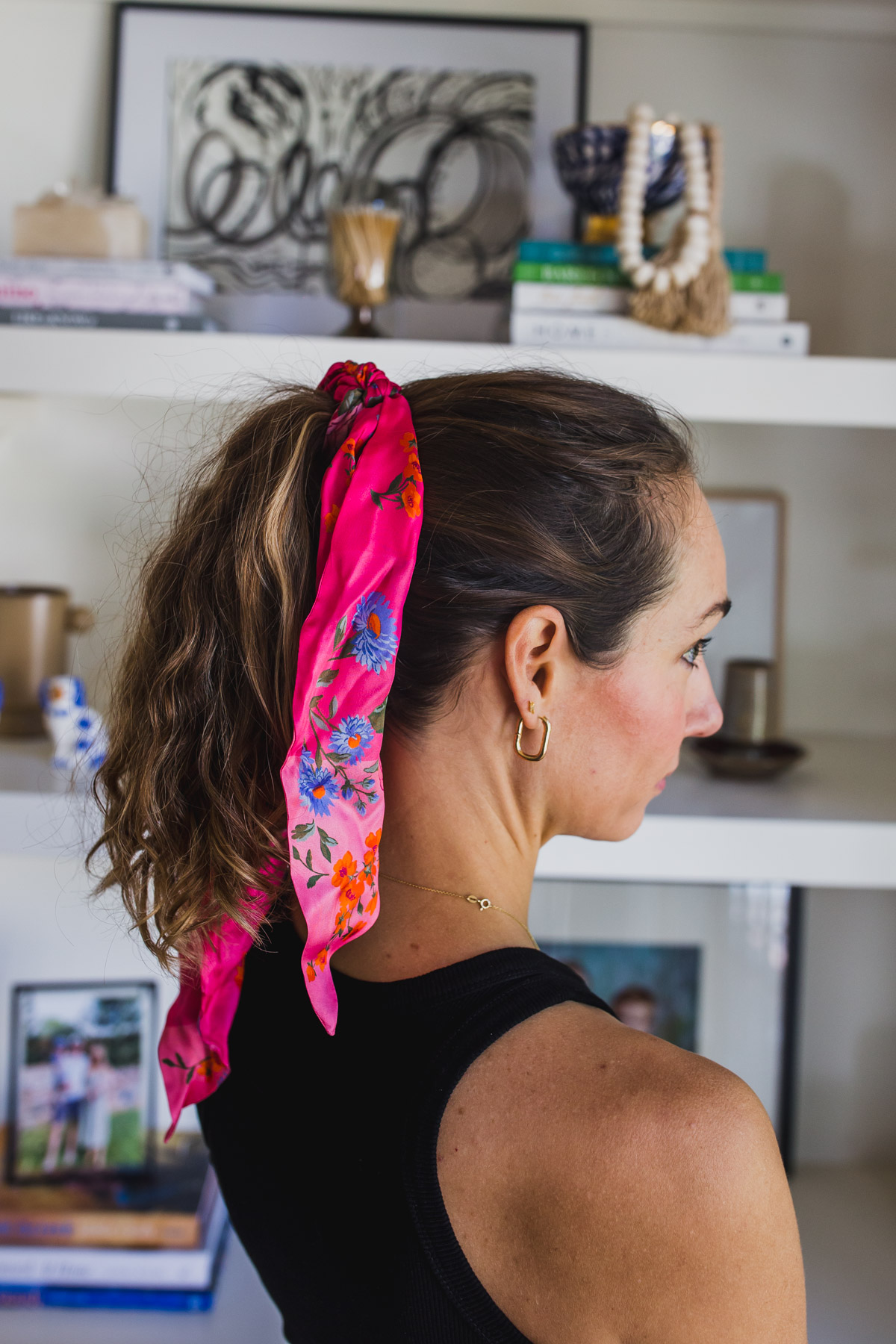
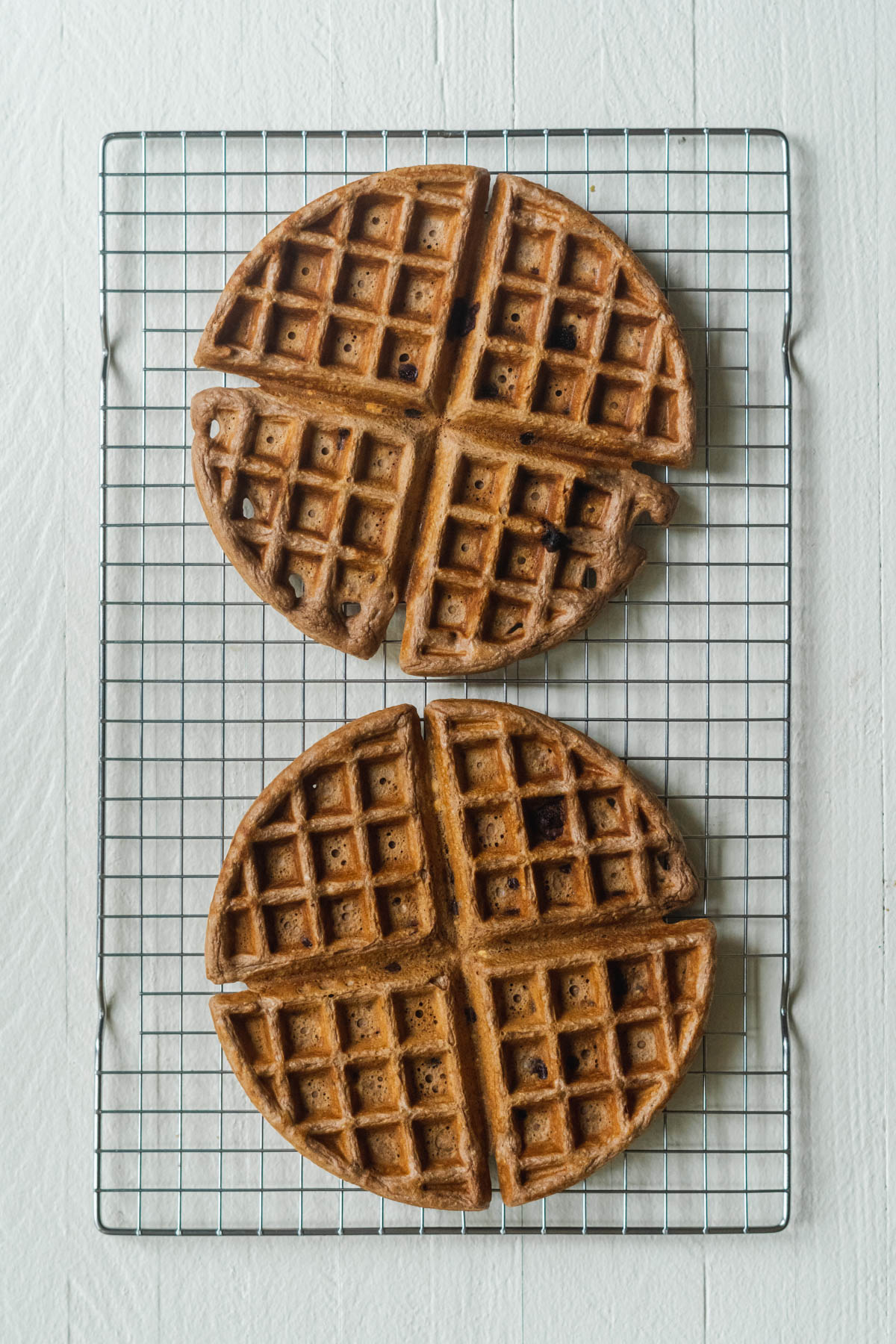

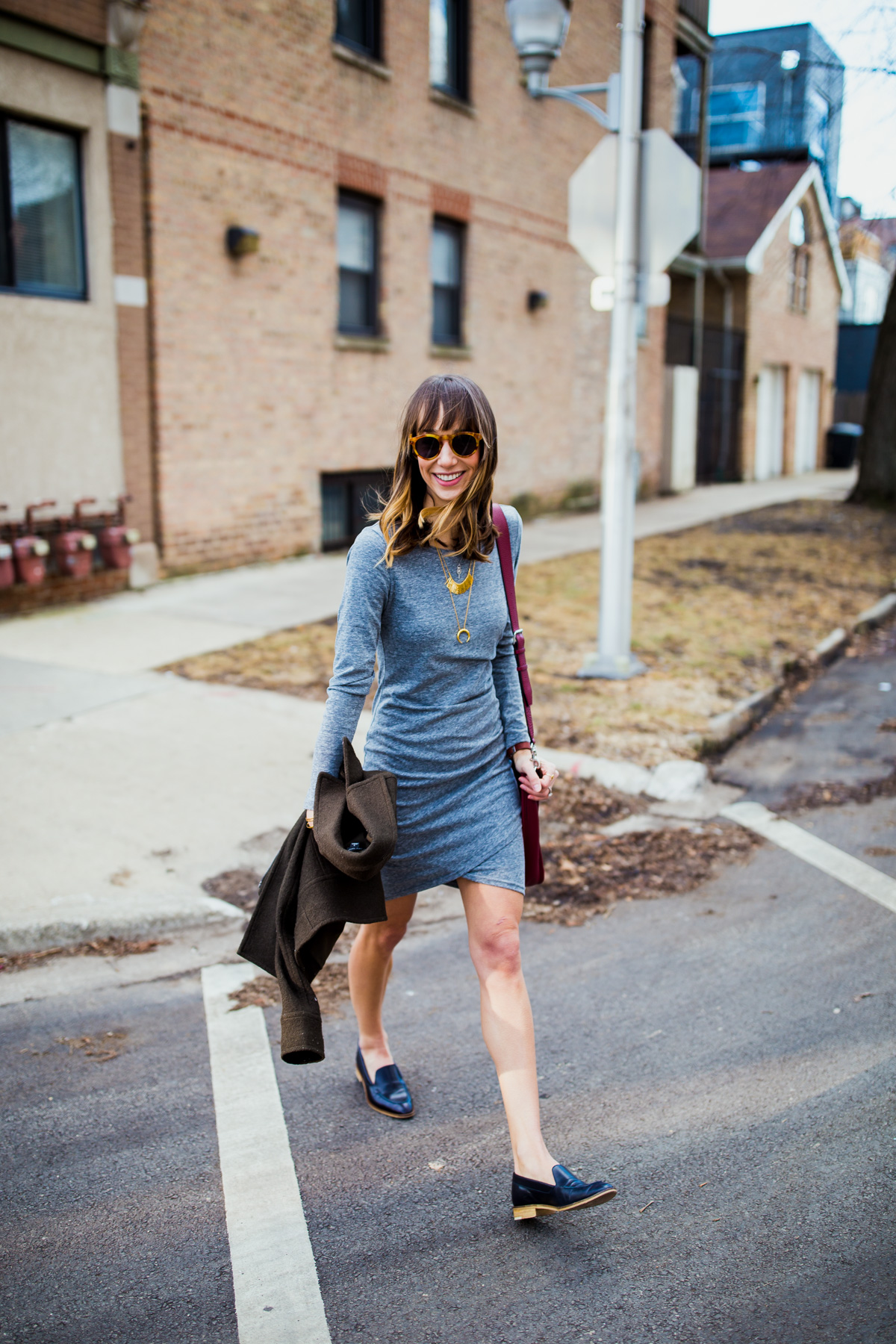
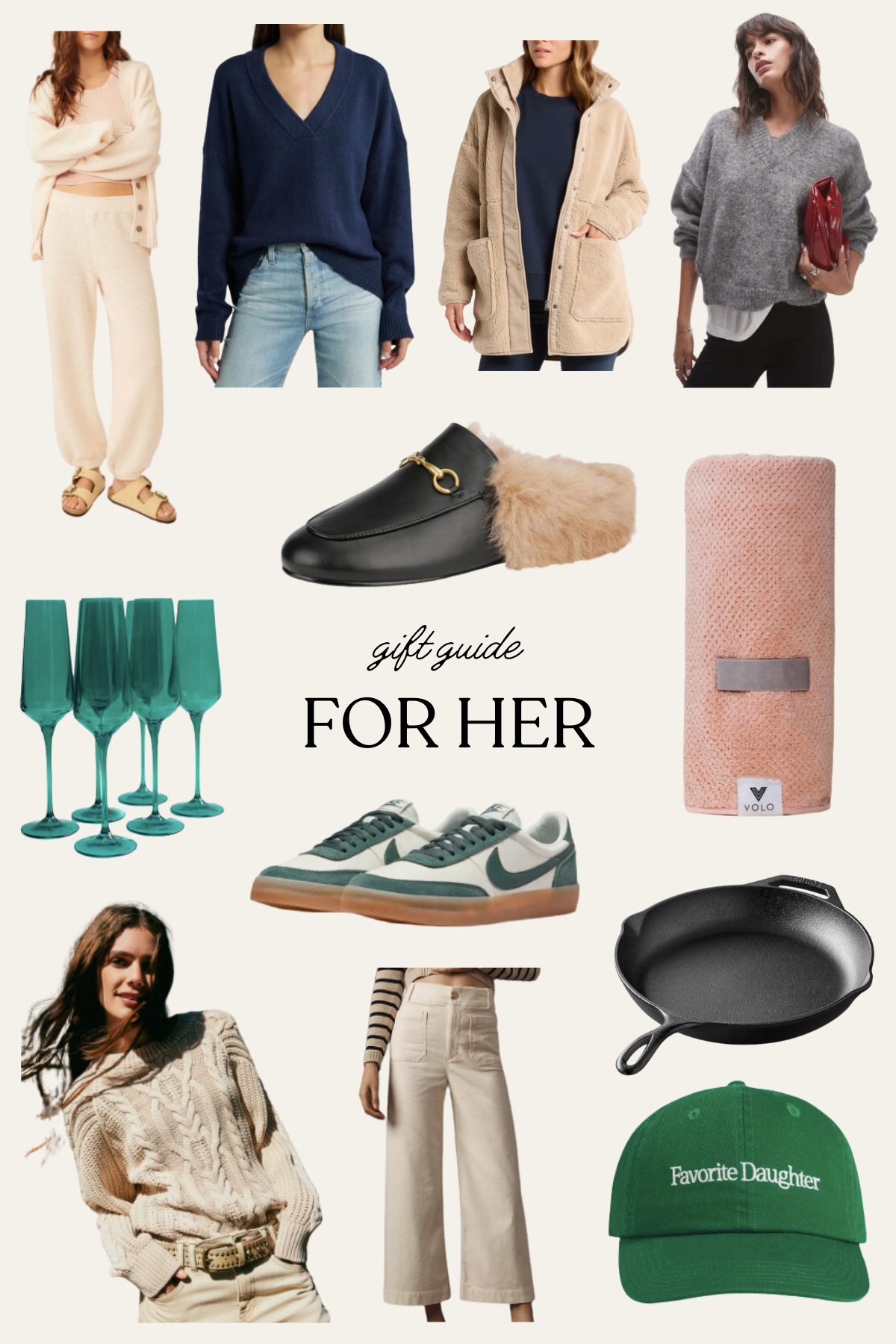
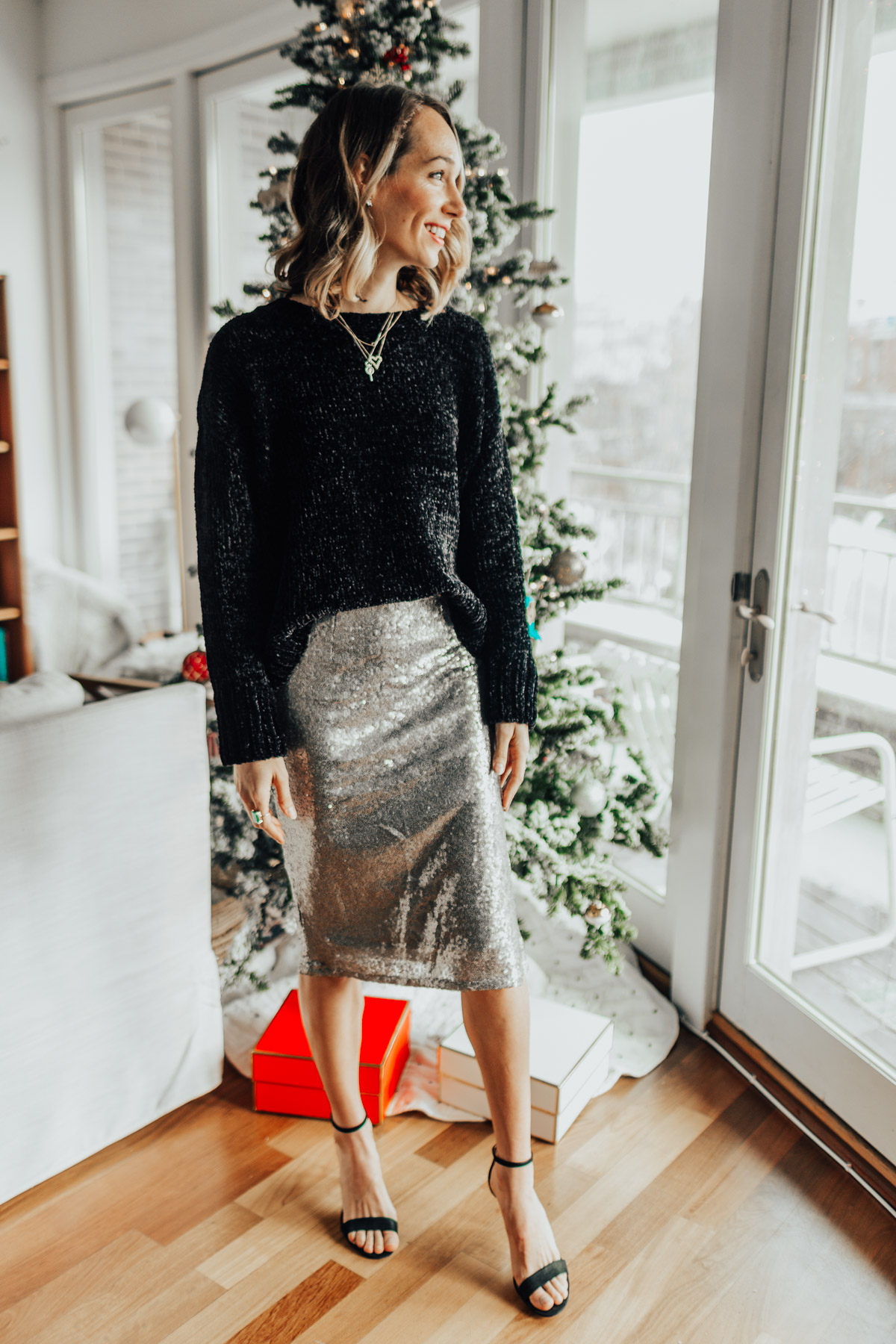
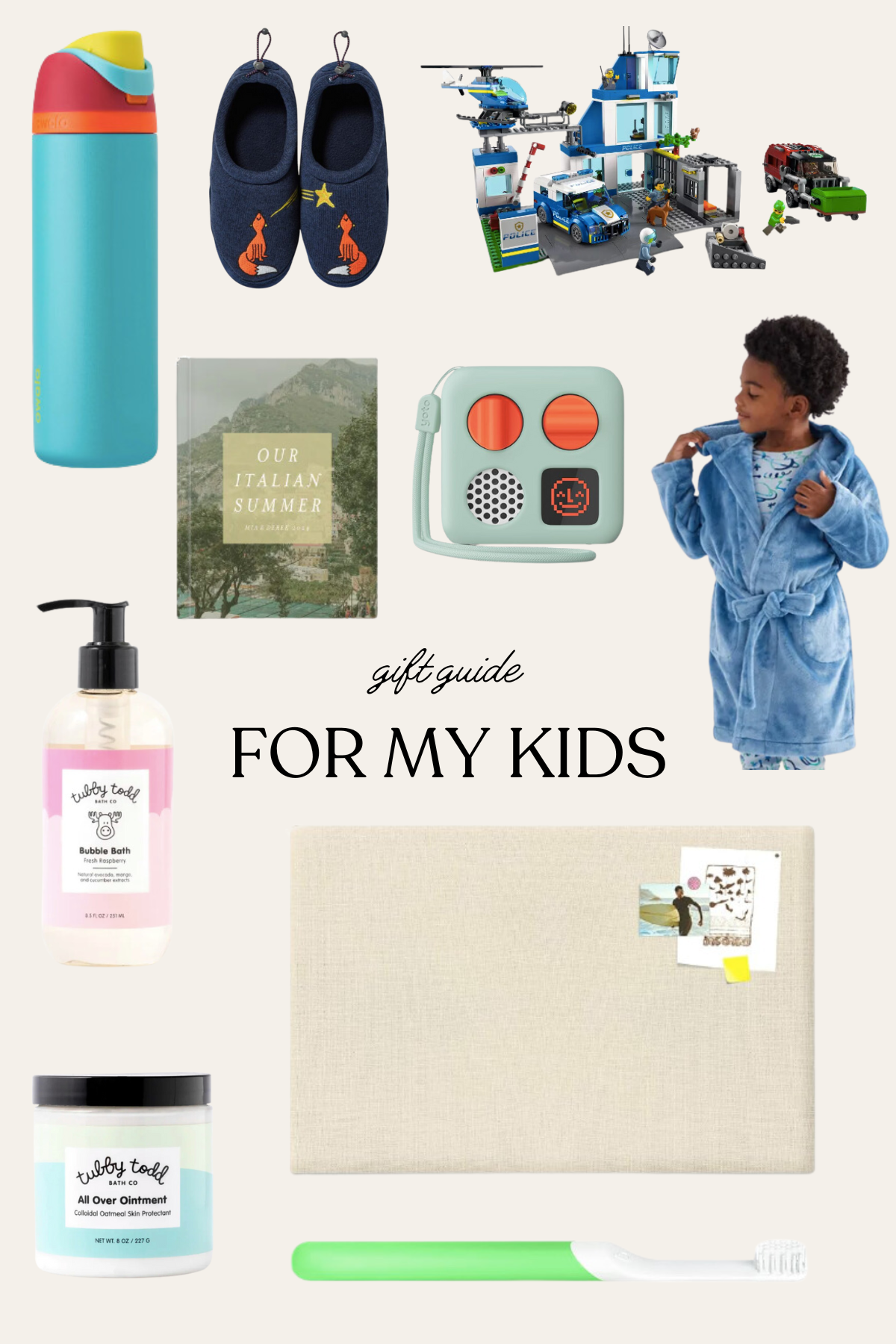
You must be logged in to post a comment.